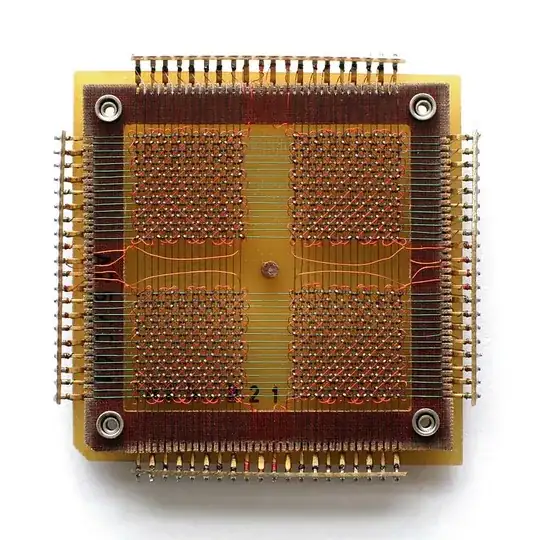A "plane" is a flat thing, a surface.
The use of "plane" in memory is pretty literal; in a bus it's a collection of parallel lines, ie, a surface or plane; in a network it's a slice through the high-dimension space of the network.
Updated question:
nowadays we talk about a 'control plane' in Kubernetes - is this derived from the original use case
My reading of the definitive Exford English Dictionary article would say it's this figurative meaning:
plane n3 6. figurative. A level, degree, or standard of awareness, thought, performance, attainment, etc.; (Theosophy) each of a number of interpenetrating levels of existence of which the universe is believed to be constituted, and through which it is believed to be slowly evolving.
It gives examples such as "the mental plane, the physical plane, the metaphysical plane".
Which is exactly what we have in the general sense of control plane, data plane etc.
The OED gives this origin in English from the 1600s.
Etymology: < classical Latin plānum flat or level ground, (in geometry) a plane figure, use as noun of neuter singular of plānus plain adj.2
And says this about core memory:
plane n3 8. Computing. Any of the flat, usually square arrays of magnetic cores or other elements in a memory, each of which contains the corresponding bits of all the words held in the arrays.
Digression about "aeroplane" The word "aeroplane" didn't come until the 1850s, via French, and thence by contraction to "plane". I believe it's unrelated to the use you're asking about.
Etymology: < aero- comb. form + plane n.3, partly after French aéroplane (J. Pline 1855, as both adjective and noun, referring to a proposed system of aerial navigation using an airship with a more or less horizontal surface as opposed to the then usual spherical or cylindrical shapes of balloons and aircraft (and also designating an airship of this type) [...] it has been alternatively suggested that the second element is Hellenistic Greek πλάνος wandering [...] However, this is unlikely, in view of [...]

